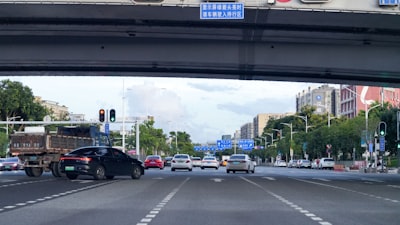Overview
A hit-and-run, in the context of traffic incidents, refers to a situation where a motorist involved in a traffic collision fails to stop and provide necessary assistance or contact information, as required by law. Such incidents are universally condemned due to the potential for increased harm to victims and the obstruction of proper legal procedures.
Legal Definition and Obligations
Most jurisdictions define a hit-and-run as the act of leaving the scene of an accident without providing personal identification or assistance to injured parties. The obligations typically include:
- Stopping the vehicle at or near the scene.
- Providing one's name, address, and vehicle registration to involved parties and law enforcement.
- Rendering reasonable assistance to any injured persons, such as calling emergency services.
Failure to comply with these obligations can lead to criminal charges, fines, vehicle impoundment, license suspension, and imprisonment, especially if the incident results in injury or death.
Prevalence and Impact
Hit-and-run incidents occur worldwide and are a significant concern in urban areas with high traffic density. They pose increased risks to vulnerable road users, such as pedestrians and cyclists, and hinder timely medical intervention. According to global traffic safety studies, a substantial proportion of pedestrian fatalities involve hit-and-run drivers.
Investigative Techniques
Law enforcement agencies employ various methods to investigate hit-and-run cases, including:
- Reviewing surveillance and traffic camera footage.
- Gathering eyewitness reports.
- Analyzing debris or vehicle parts left at the scene.
- Using forensic evidence to match paint, fibers, or DNA.
Public appeals for information are also a common investigative tool.
Prevention and Enforcement
Many countries have strengthened penalties for hit-and-run offenses to deter such behavior. Public awareness campaigns aim to educate motorists about their legal and moral responsibilities after a collision. Technological solutions such as widespread CCTV and dashcams have improved the ability to identify and prosecute offenders.
References
- World Health Organization, Global Status Report on Road Safety
- Hong Kong Road Traffic Ordinance
- National Highway Traffic Safety Administration (NHTSA)

Comments
No comments yet. Be the first to comment!